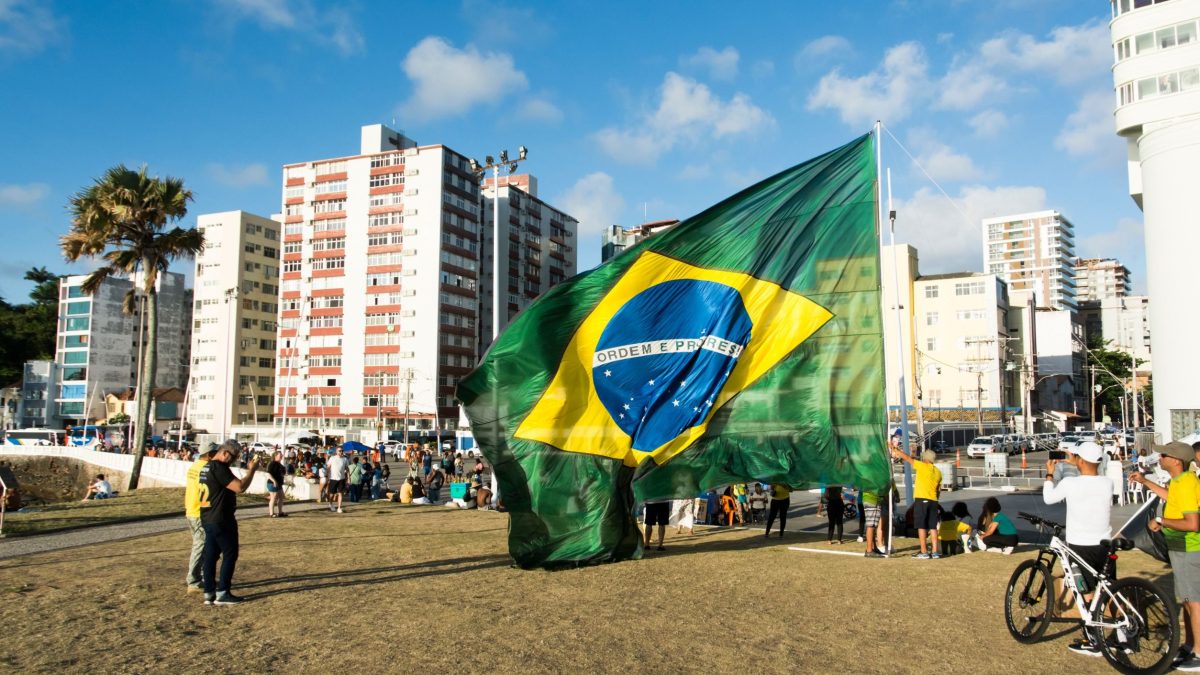The Bovespa Index, which tracks the biggest companies in Brazil, has suffered a harsh reversal in the past few weeks. It plunged to a low of BRL 124,700, its lowest level since August 5. It has retreated by almost 10% from its highest level this year, underperforming other global indices like the Nasdaq 100 and S&P 500 index.
The Bovespa index’s plunge has coincided with the Brazilian real sell-off and the surge of government bond yields.
Brazilian real has plunged
The Bovespa index’s sell-off accelerated as the Brazilian real plunged to a record low, leading to higher hedging costs. The USD/BRL exchange rate surged to a high of 6.20, up by almost 30% from the lowest level in 2023.
A weaker local currency often leads to higher inflation since it makes imports more expensive. Recent data shows that the headline inflation in the country has continued moving upwards. The headline Consumer Price Index (CPI) rose to 4.87% in November, higher than the median estimate of 4.85%.
The CPI has been in a steady increase after bottoming at 3.16% in June this year. Therefore, the Brazilian central bank has embarked on a rate hiking cycle to lower inflation, and potentially boost the local currency.
It recently hiked interest rates from 11.25% to 12.25%, higher than the expected increase of 12%. It has slowly increased rates from the year-to-date low of about 10% to 12.25%.
These rate hikes have made it more profitable for investors to move to money market funds, which are offering double-digit returns. The ten-year yield rose to almost 15%, up from the year-to-date low of 10.25%.
Shorter-term yields are also offering better yields, with the five-year offering 15.2%. This surge is a sign that investors are bracing for a potential government default. Indeed, recent data shows that the five-year credit default swap has jumped to the highest level in the emerging markets. It stands at over 10%, while most countries like China, Argentina, and Bulgaria are in the positive side.
Most Bovespa stocks have plunged
These jitters explain why Brazilian stocks have plummeted in the past few months. A closer look at its constituents show that most companies have dropped by double digits this year.
Azul SA Pref, a top Brazilian airline, is the worst-performing Bovespa stock this year as it crashed by more than 74%. Atacadao, a retailer partially owned by Carrefour, has dropped by over 52%.
Other top laggards in the index are companies like Grupo Vamos, Raiadrogasil, Usiminas, Azzas, Braskem, and Sid Nacional have been some of the worst-performing companies in the Bovespa index.
On the other hand, Embraer stock has surged by over 148%, helped by the rising demand from its international customers. Other top gainers are firns like Energy of Minas, BRF SA, JBS, Marfrig, and Petrobras.
These Brazilian stocks have plunged as investors rotated to government bonds that are offering strong double-digit growth.
Bovespa index analysis
Bovespa index chart | Source: TradingView
The daily chart shows that the Bovespa index has been in a strong downtrend in the past few weeks. It has moved from the year-to-date high of BRL 137,640 to the current BRL 125,000.
The index has moved below the important support level at BRL 134,386, its highest level in December last year.
It has moved below the 50-day and 25-day Exponential Moving Averages, a sign that bears are in control. Also, the MACD indicator has moved below the zero line, while the Relative Strength Index (RSI) has moved below the zero line.
Therefore, the index will likely continue falling if it moves below the ascending trendline that connects the lowest swings since October 2023. A drop below that level will point to more sell-off, potentially to BRL 118,533, its lowest swing in June last year.
The post Here’s why the Bovespa Index and Brazilian real are plunging appeared first on Invezz

